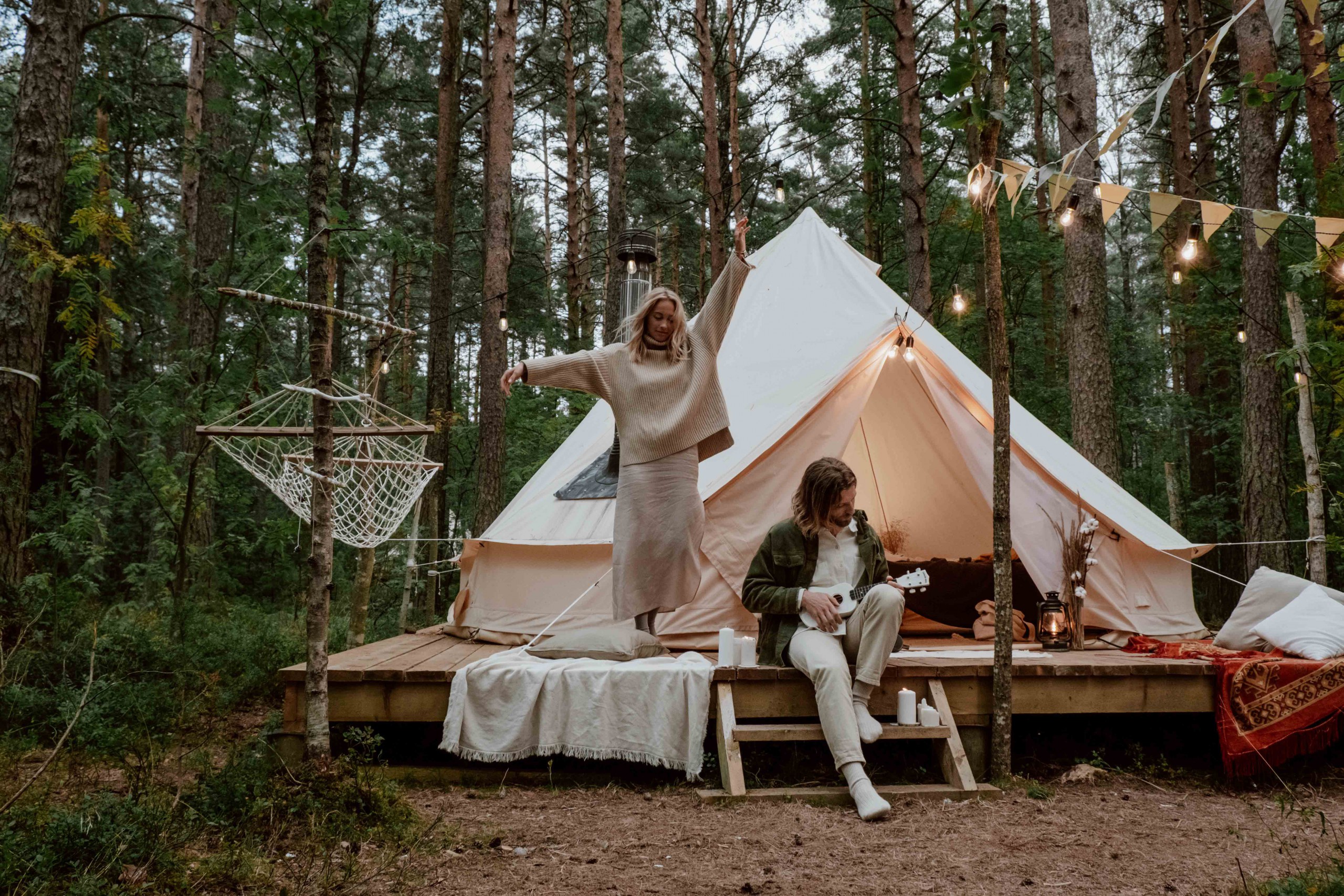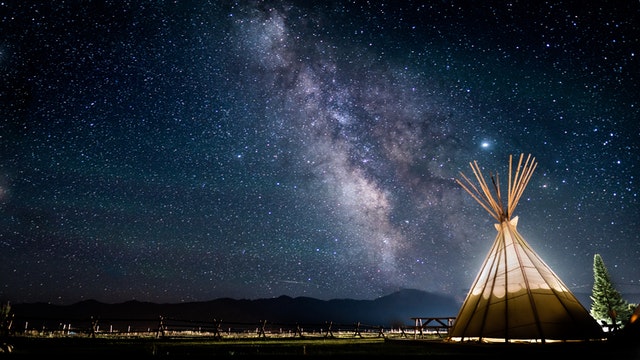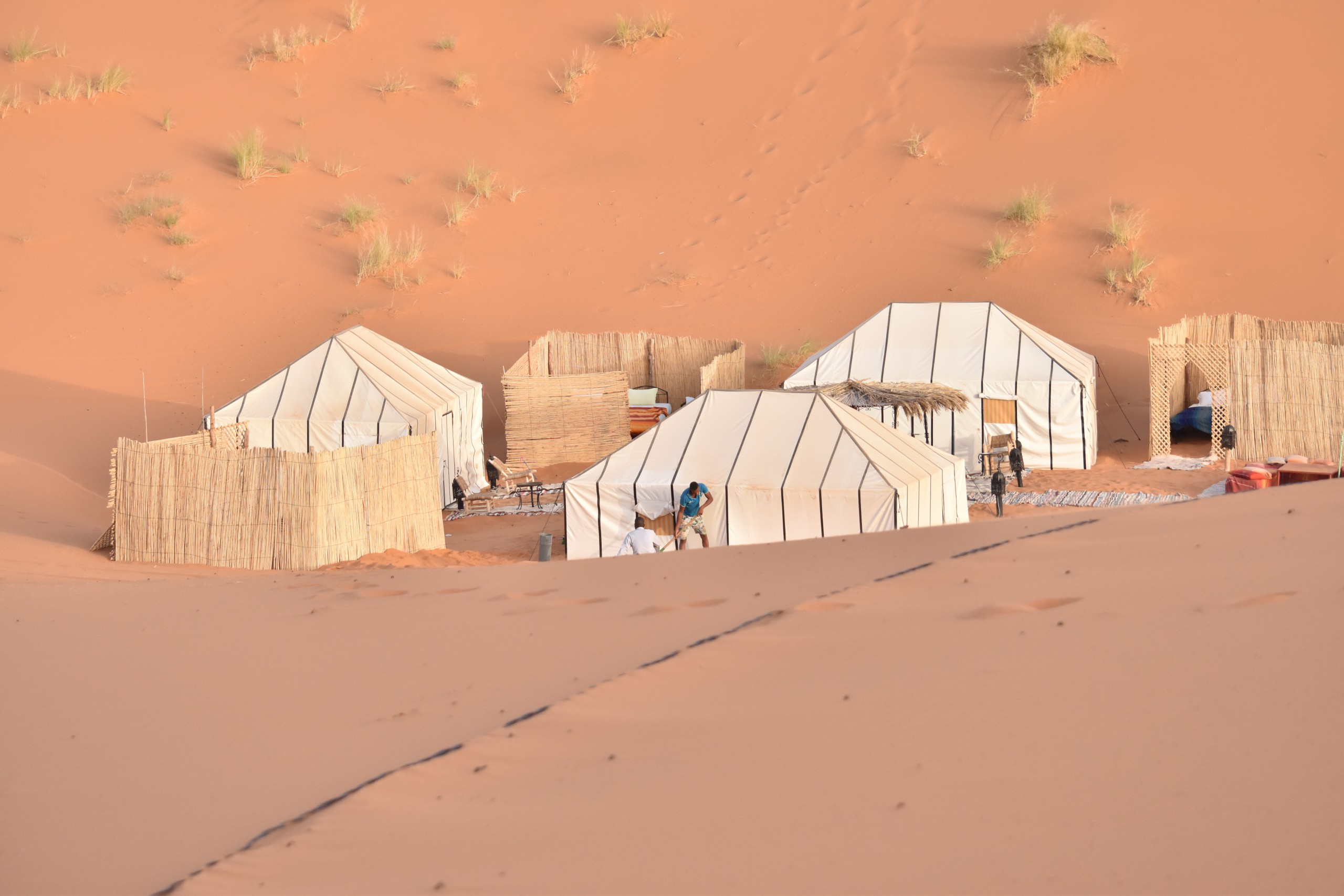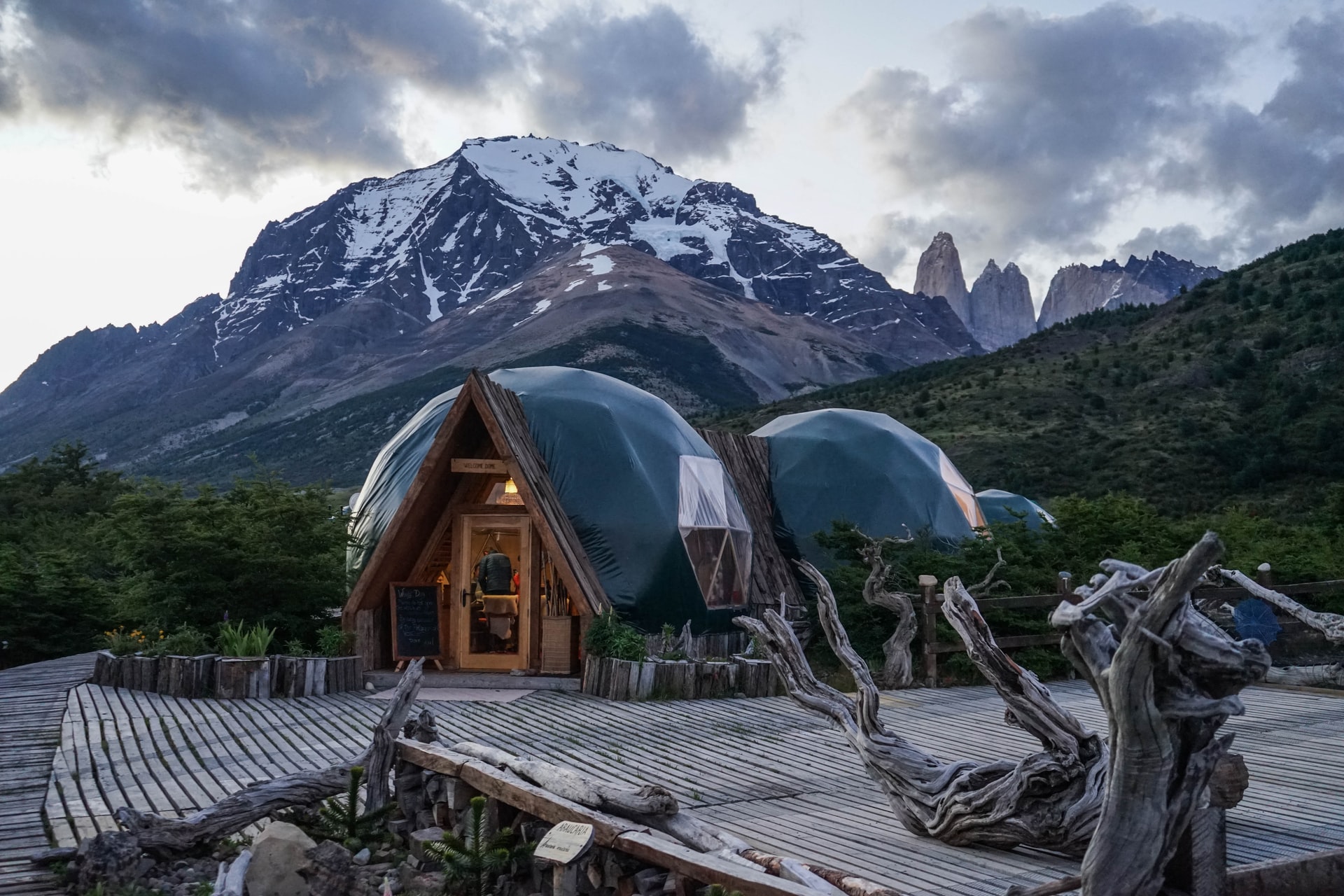Can camping really be glamourous? Well, the glamping trend has shown us it can be. Camping in nature with all the comforts of a luxury hotel is becoming more popular during the pandemic. Comfort and safety are found in accommodation that helps guests experience an intimate connection with their surroundings. Let’s take a look.

How and when did glamping come about?
Glamping comes from a combination of glamourous and camping. It’s all about the experience of camping in the outdoors taken to the next level, where true luxury is sleeping and living in nature in the most comfortable way possible.
Glamping has become a global phenomenon and the demand for it has increased in Spain and around the world as a result of the pandemic. The sector has adapted to new types of tourism to offer special experiences that are totally unique and safe, and that also guarantee social distancing.
Even though it sounds very modern, glamping can be traced back to the late 19th century, when the term was used by British explorers. At that time, safaris became popular among the upper classes of Europe and America. These trips included luxury camps, similar to those of Ottoman princes or sultans.

The many faces of glamping
Going glamping doesn’t just mean sleeping in a special tent under the stars. The concept includes a selection of different types of accommodation situated in nature, allowing for total immersion in the natural surroundings.
A basic glamping package includes a tent, which come in a variety of shapes and sizes. These include transparent bubbles that let you sleep with a view of the stars, igloos, houses or cabins among the trees, Native American-style tepees, caravans, and old train carriages.
Every type of glamping consists of independent structures in nature where you can enjoy silence and solitude, disconnecting completely from the outside world. There’s usually also a little something extra to improve that sense of wellbeing, as many glamping sites include luxuries that you would usually find in a high-end hotel, such as jacuzzis, spas, lavish suites, and even your own kitchen.
The common denominator in glamping is the chance to disconnect by connecting with the landscape. Some of the most iconic glamping accommodation comes in the form of different types of tents. The most well-known of these include:
- Safari tents made of canvas with large interiors.
Ver esta publicación en Instagram
- Triangular tepees in the style of the Native American nomads.

- Yurts, the traditional round tents used by nomads from Central Asia.
Ver esta publicación en Instagram
- Haimas, used by Bedouin nomads in the desert, which are similar to the safari tents.

- Inflatable bubbles, the newest type of glamping accommodation, which are completely transparent so that you can feel at one nature.
Ver esta publicación en Instagram
- Domes or geodesic houses, spherical structures that offer 360-degree views and that are built in an eco-sustainable way.

- Caves, a more primitive way to connect with the surroundings but with the luxuries and air-conditioning of the 21st.
Ver esta publicación en Instagram
- Igloos, perfect for enjoying idyllic snow- or ice-covered landscapes without experiencing the cold.
Ver esta publicación en Instagram
Glamping = tourism that respects the environment
Glamping is also a chance to practice ecotourism i.e., tourism that is sustainable and environmentally friendly. These facilities are often constructed in a way that respects the environment, using organic materials like wood, textiles, and straw.
These spaces usually use renewable energy, and their designers opt for passive construction or nearly-zero energy consumption, thus avoiding having a negative impact on the environment. This type of tourism also makes it easy for guests to get involved in the sports and activities practiced in the surrounding areas, which stimulates the local economy.
The true luxury of glamping is found in the accommodation’s location. It’s all about being able to experience these unique natural environments, including jungles, forests, savannas, and deserts, where it would not be possible to build other types of accommodation.
The result is an unparalleled experience for the senses in an intimate and safe space where immersing yourself in nature is as easy as breathing.




